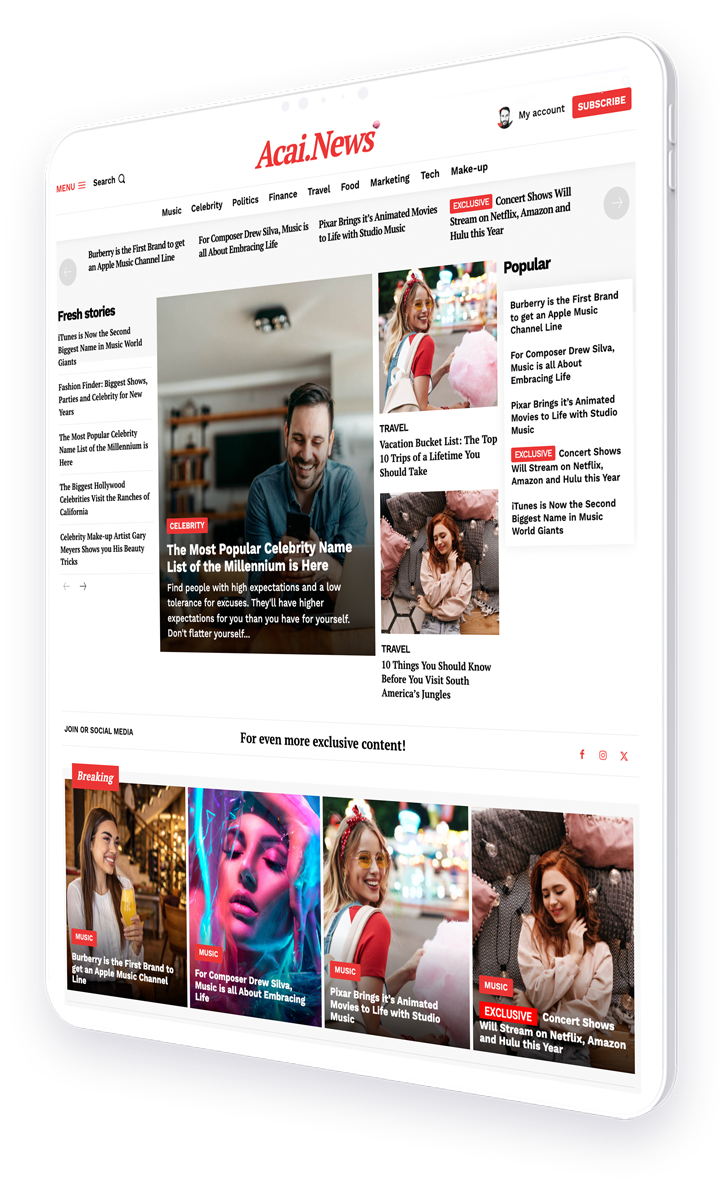How AI tools are silently guiding layout, topic prominence, and reading flow
Welcome to an exploration of how Artificial Intelligence (AI) is revolutionizing the editorial landscape. In this detailed analysis, we delve into the silent yet impactful role of AI in guiding layout, topic prominence, and reading flow in real-time editorial decisions. This transformation is not just reshaping how content is presented but also enhancing reader engagement and content relevance.
- AI’s Impact on Layout Design
- Determining Topic Prominence with AI
- Optimizing Reading Flow through AI
- Case Studies
- Conclusion
AI’s Impact on Layout Design
One of the most visible effects of AI in publishing is in the area of layout design. AI tools are now capable of analyzing reader engagement data to determine the most effective layouts for different types of content. This includes the placement of text, images, and other multimedia elements to maximize reader interaction and satisfaction.
- Automated A/B testing of different layouts to determine which ones perform better in terms of reader engagement.
- Dynamic adjustment of layouts based on real-time access devices and reader preferences.
For example, Condé Nast has implemented AI to dynamically adjust the content layout of their digital magazines based on the analysis of user interactions.
Determining Topic Prominence with AI
AI is also playing a crucial role in deciding which topics are given prominence in a publication. By analyzing trends, reader preferences, and past engagement data, AI can help editors prioritize content that is more likely to resonate with their audience.
- Predictive analytics to forecast topic popularity.
- Real-time tracking of global news to adjust topic prominence dynamically.
This use of AI ensures that publications remain relevant and timely, thereby increasing reader engagement and loyalty. An example of this is the New York Times, which uses AI to track trending topics and adjust their featured stories accordingly.
Optimizing Reading Flow through AI
Enhancing the reading flow is another area where AI is making significant inroads. By understanding reader behavior and preferences, AI can suggest changes to the structure and delivery of content to make it more engaging.
- Analysis of reader drop-off points to modify content pacing and structure.
- Use of natural language processing tools to improve sentence construction and readability.
These AI-driven adjustments help in maintaining a reader’s interest throughout the article, potentially reducing bounce rates and improving the overall reading experience.
Case Studies
Several leading publications have embraced AI to enhance their real-time editorial decisions. For instance, The Guardian has developed an AI tool that suggests headlines based on the article’s content and predicted reader appeal. Another example is Reuters, which uses AI to help journalists analyze data, suggest story ideas, and even draft articles, particularly in their financial reporting.
Conclusion
The integration of AI into real-time editorial decision-making is transforming the publishing industry. From optimizing layout designs to determining topic prominence and enhancing reading flow, AI tools offer a range of benefits that help publications stay relevant in a highly competitive digital age. As technology advances, we can expect even more sophisticated applications of AI in publishing, further blurring the lines between human intuition and algorithmic efficiency.
For more detailed insights into how AI is transforming various industries, visit IBM Watson’s official page.
In conclusion, the invisible hand of AI in real-time editorial decisions is not just a technological advancement; it is a paradigm shift that is setting the stage for the future of publishing.




